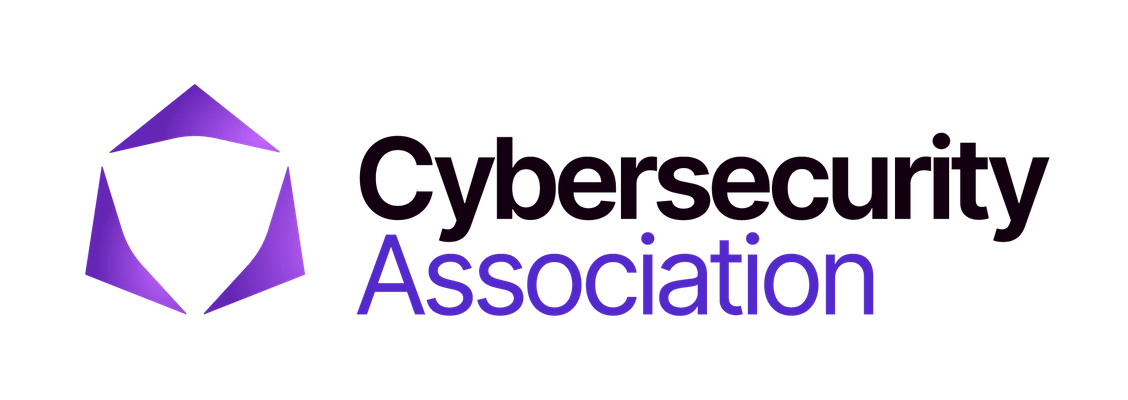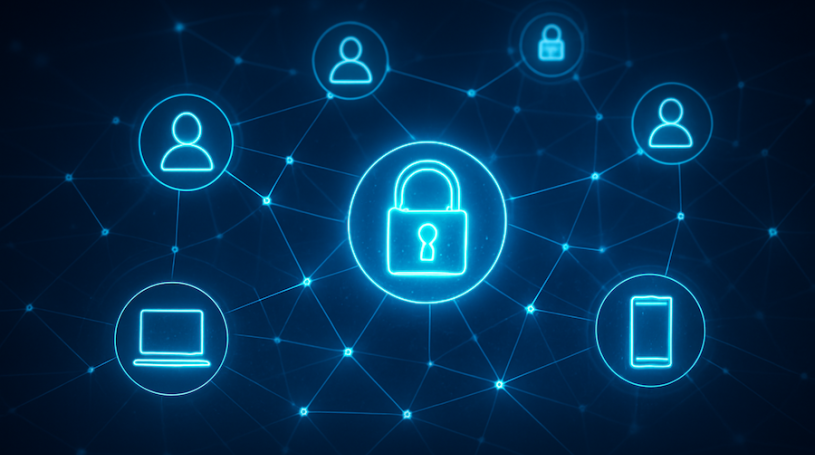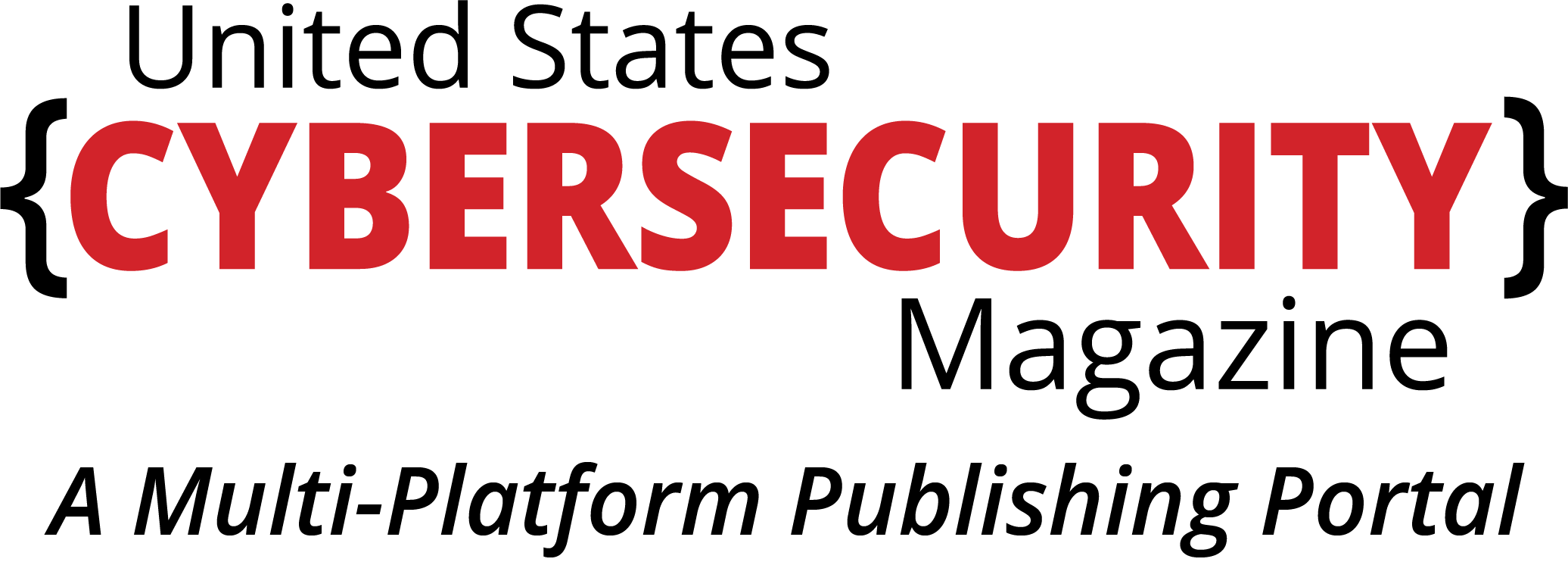Cybersecurity Is Everyone’s Job: Ending the Risk of the Lone ‘IT Guy’ Era
Cybersecurity Is Everyone’s Job: Ending the Era of the Lone “IT Guy”
by Jacqui Magnes, CEO and Owner, COMSO dba CISPOINT
The notion that cybersecurity can be left to a single “IT guy” is not only outdated but dangerous. In an era where attacks are both inevitable and increasingly sophisticated, organizations must recognize that cybersecurity is a shared responsibility across every level of the enterprise. As highlighted in the U.S. Cybersecurity Magazine article It’s Not If or How, But When You Will Be Subject to a Cyber Attack / Gone Are the Days of Having a Lone ‘IT Guy’ (Magnes, 2025), effective defense requires layered strategies, organizational commitment, and cultural change.
The Expanding Threat Landscape
Cybercrime is projected to cost the world $10.5 trillion annually by 2025 (Cybersecurity Ventures, 2023). This staggering number reflects the growing frequency and sophistication of attacks. Automated scanning tools now probe networks, SaaS platforms, and Internet of Things (IoT) devices continuously, making every endpoint a potential target (Magnes, 2025).
At the same time, remote work and cloud migration have vastly expanded organizational attack surfaces. Each new mobile device, third-party service, or unmonitored endpoint creates another possible entry point. No single administrator — no matter how skilled — can monitor and secure all these attack vectors alone.
Human Error as the Weakest Link
According to the 2024 Verizon Data Breach Investigations Report (DBIR), 74% of breaches involve the human element, whether through phishing, credential misuse, or misconfigurations (Verizon, 2024). This reality highlights why awareness and training must be as integral to defense as technical controls.
Phishing remains one of the most effective attack vectors. Spear phishing, which uses targeted and convincing impersonations, continues to outwit even vigilant employees. A Lookout study found that 27.6% of personal mobile users and 11.8% of enterprise users clicked on six or more phishing links per year (Lookout, 2022). Moreover, 40% of mobile users admitted to clicking on a malicious link delivered by SMS (“smishing”) (Lookout, 2022).
Mobile devices amplify the human risk factor. They are used for both personal and business purposes, often outside of corporate oversight. Without robust mobile device management (MDM), encrypted containers, or enforced patching, they are fertile ground for compromise. Clearly, these vulnerabilities cannot be mitigated by one overburdened IT professional.
Defense in Depth: A Team Sport
The principle of Defense in Depth (DiD) is crucial in addressing modern cyber threats. Instead of relying on a single control, DiD involves multiple overlapping layers that reduce the chance of total compromise if one defense fails (Magnes, 2025). These include:
- Perimeter controls such as firewalls and intrusion prevention.
- Endpoint Detection and Response (EDR) tools to flag suspicious activity.
- Identity and Access Management (IAM) with multi-factor authentication and least privilege enforcement.
- Network segmentation to prevent lateral attacker movement.
- Continuous monitoring with Security Information and Event Management (SIEM) tools.
No single individual can implement or maintain all of these effectively. Developers must build applications with security in mind. Identity teams must enforce access policies. Infrastructure engineers must design resilient networks. Human resources and compliance officers must support training and governance. Cybersecurity is by necessity a collaborative endeavor.
Zero Trust: “Never Trust, Always Verify”
The NIST Special Publication 800-207 (Zero Trust Architecture) outlines a model where inherent trust is eliminated, and every request is verified continuously (NIST, 2020). By applying micro-segmentation, just-in-time access, and continuous authentication, organizations reduce the risks of insider threats and compromised credentials.
Adopting zero trust requires coordinated effort between IT, developers, administrators, and leadership. For instance, applying principles such as least privilege cannot be managed by a lone administrator; it requires organizational buy-in, identity governance, and ongoing monitoring across multiple teams.
Email Security and the Human Factor
Email remains one of the primary gateways for cyberattacks. Standards like DMARC, SPF, and DKIM help authenticate legitimate domains and prevent spoofed messages. Meanwhile, AI-driven tools can detect phishing attempts beyond what human vigilance can catch (Magnes, 2025).
Yet these controls succeed only when integrated into organizational policy and when employees are trained to report suspicious messages. Security is strengthened when communication teams, IT, and end users collectively support and enforce these standards.
Automation and Incident Response
Security Orchestration, Automation, and Response (SOAR) platforms are designed to automate responses to certain events: locking compromised accounts, quarantining suspicious files, or isolating affected network segments. But the success of SOAR depends on well-designed playbooks created by multidisciplinary teams — security analysts, system administrators, and business unit leaders (Magnes, 2025).
Incident response is not a solo act. From legal counsel to public relations, multiple teams must be involved in planning, communication, and remediation.
Embedding Security into Organizational Culture
Perhaps the most important point is that cybersecurity must become part of organizational culture, not just a technical practice. Key steps include:
- Defined Roles & Policies: Assigning responsibility for patching, monitoring, vendor assessment, and awareness training.
- Continuous Training: Employees must be trained not only in recognizing phishing but also in securing mobile devices, using strong passwords, and following secure data handling practices.
- Vendor Risk Management: Third-party security posture must be assessed and monitored to prevent supply chain compromise.
- Regular Testing: Vulnerability scans, penetration tests, and red team exercises identify weaknesses.
- Unified Patch Management: Ensuring both desktops and mobile devices receive timely updates.
Cultural change requires top-down leadership. Executives must support security initiatives with budgets and policies, while employees must internalize that “cybersecurity is part of my job.”
Why Shared Responsibility Matters
When cybersecurity responsibility rests with a single person, organizations face multiple risks:
- Single point of failure: If that person leaves, becomes unavailable, or is overwhelmed, the organization is exposed.
- Skill limitations: No individual can master the breadth of modern cyber risks — from IoT vulnerabilities to compliance regulations.
- Organizational complacency: Staff who assume “IT will handle it” are less vigilant, making them easy targets.
In contrast, shared responsibility distributes workload, fosters resilience, and embeds vigilance throughout the enterprise.
Conclusion
Cybersecurity today is not a technical silo — it is an enterprise-wide mission. The U.S. Cybersecurity Magazine article makes clear that the days of the lone “IT guy” are over. With threats growing in scope and human error driving most breaches, organizations must adopt layered defenses, zero trust principles, automation, and, most importantly, a culture of shared responsibility.
The next cyberattack is not a matter of if, but when. Only organizations that embrace cybersecurity as everyone’s job will be prepared to withstand it.
References
- Cybersecurity Ventures. (2023). Cybercrime To Cost The World $10.5 Trillion Annually By 2025. Retrieved from https://cybersecurityventures.com/cybercrime-damage-costs-10-trillion-by-2025/
- Lookout. (2022). Mobile Phishing Threat Report. Retrieved from https://www.lookout.com/
- National Institute of Standards and Technology (NIST). (2020). Special Publication 800-207: Zero Trust Architecture. Gaithersburg, MD.
- Magnes,J. (2025 October) It’s Not If or How, But When You Will Be Subject to a Cyber Attack / Gone Are the Days of Having a Lone “IT Guy”. U.S. Cybersecurity Magazine Fall 2025 https://www.uscybersecurity.net/csmag/its-not-if-or-how-but-when-you-will-be-subject-to-a-cyber-attack-gone-are-the-days-of-having-a-lone-it-guy/
- Verizon. (2024). 2024 Data Breach Investigations Report. Retrieved from https://www.verizon.com/business/resources/reports/dbir/





